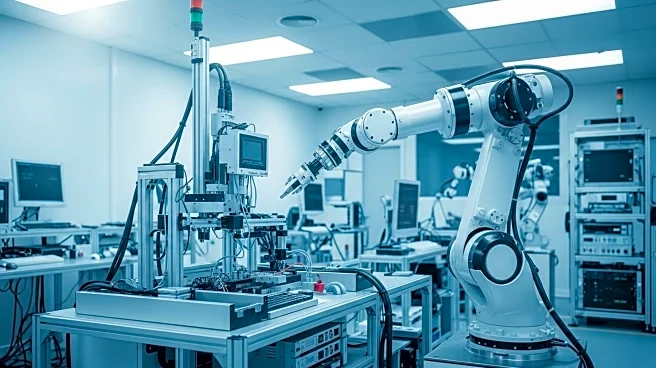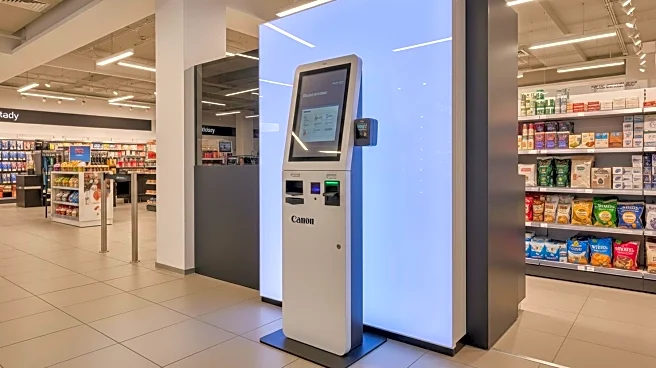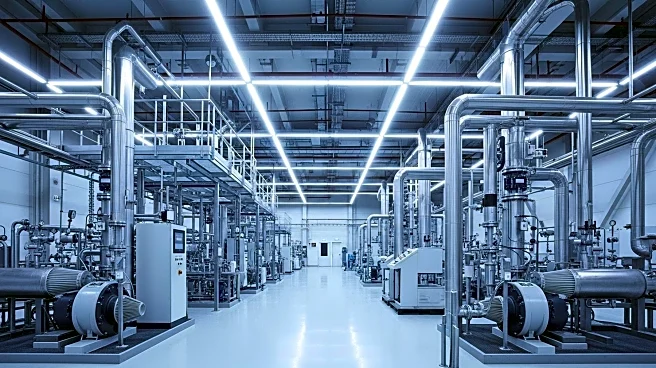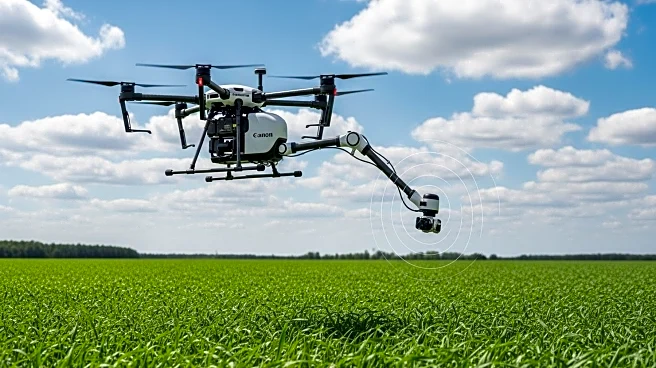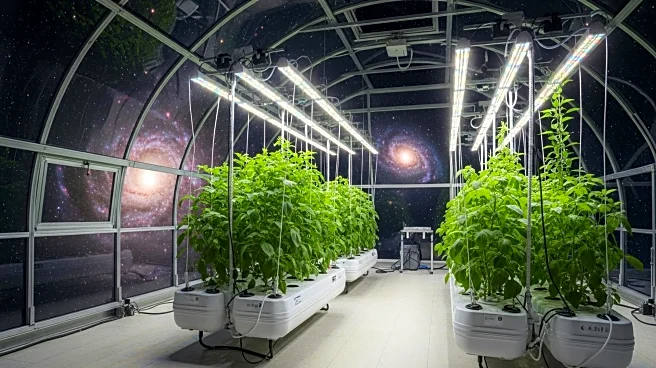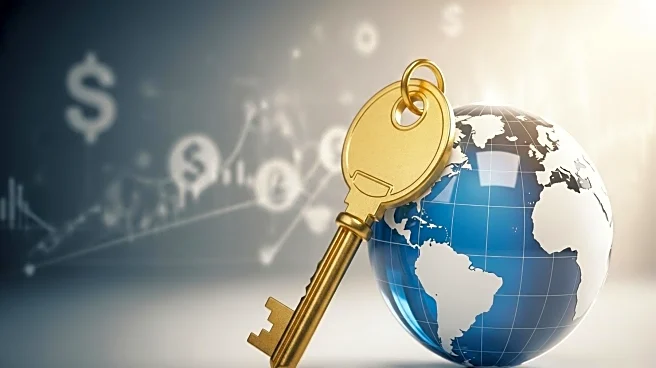What's Happening?
The self-adhesive label market is projected to grow from $57.4 billion in 2025 to $84.6 billion by 2032, with a CAGR of 5.7%. This growth is fueled by increasing demand for versatile and cost-efficient labeling solutions across industries such as food and beverages, pharmaceuticals, and logistics. Self-adhesive labels support branding, regulatory compliance, and consumer engagement, making them essential in modern packaging. Technological advancements, including digital printing and smart labeling solutions, are enhancing customization and supply chain transparency. The market is also responding to environmental concerns by adopting biodegradable adhesives and recyclable materials.
Why It's Important?
The expansion of the self-adhesive label market reflects the growing importance of effective packaging in global industries. As consumer preferences evolve, businesses are prioritizing sustainable and innovative labeling solutions to meet regulatory standards and enhance brand recognition. The integration of smart technologies, such as RFID and QR codes, offers new opportunities for consumer engagement and supply chain efficiency. Companies that invest in eco-friendly materials and advanced printing technologies are well-positioned to capture market share and drive industry growth.
What's Next?
The self-adhesive label market is expected to continue its trajectory of growth, with a focus on sustainability and smart labeling. Emerging economies, particularly in Asia-Pacific and Latin America, present lucrative opportunities for expansion. As digitalization and automation become more prevalent, companies will likely invest in advanced printing capabilities and smart label technologies to stay competitive. The market's future will be shaped by consumer demand for transparency, interactivity, and eco-friendly solutions.
Beyond the Headlines
The shift towards sustainable labeling solutions highlights the ethical responsibility of industries to address environmental challenges. As businesses embrace eco-friendly practices, they contribute to a more sustainable future while meeting consumer expectations. The integration of smart technologies in labeling not only enhances consumer engagement but also improves supply chain transparency, offering long-term benefits for both businesses and the environment.

